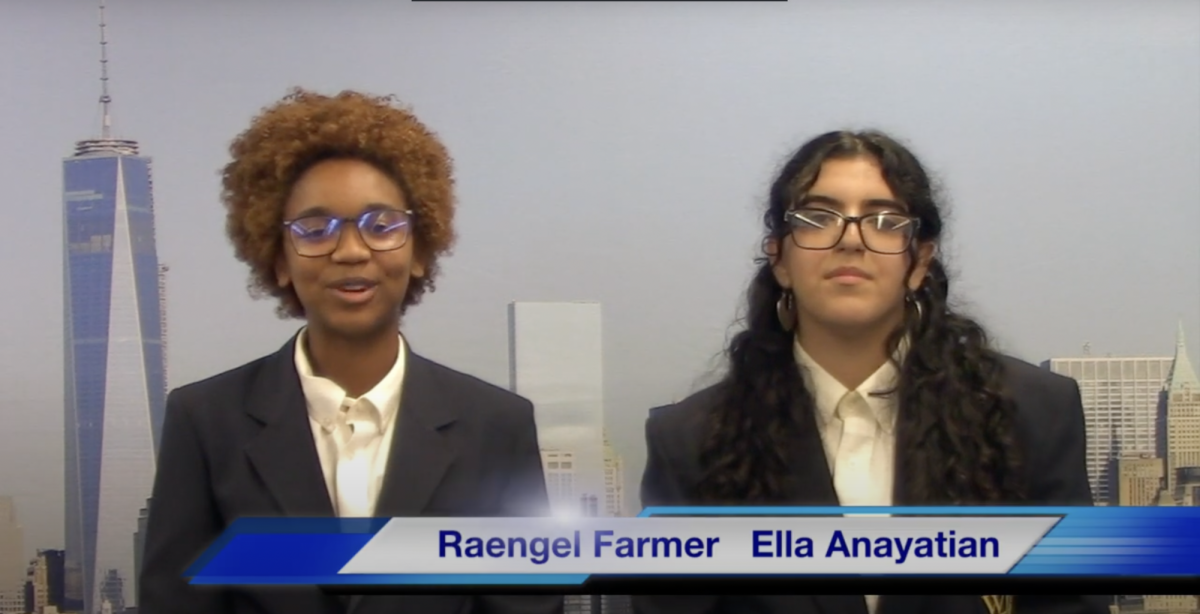SpaceX, recently launched the Falcon 9 rocket, over the Pacific Ocean, northwest of Los Angeles with the objective of colliding with a distant asteroid known as Dimporhous. This event, acting as the first trial in NASA planetary defense, focused on the practicability to inflict a change in a celestial body before impact to Earth.
The Falcon 9 rocket will take an estimated 10 months to conflict with Dimorphous, a small moon which is in orbit of another asteroid, known as Didymos, which acts as the larger body. Neither of these asteroids pose a threat to Earth, however in study of the dual system a precise evaluation can be found, by the measurement in change of the moon’s orbital period around Didymos after impact.
The Spacecraft is arranged to meet Dimorphus with a speed of 15,000 miles per hours, fracturing entirely, forming into a crater, slowing the asteroid by slight impact of a decreased fraction of an inch per second.
If DARTS high speed impact is successful, Dimorphous’ orbital velocity will slow to a minimal degree, of a 73 second shift, from the 11 hour and 55 minute normality when in documentation of the original single trip around Didymos.The primary observation, however is focused within the kinetic impact approach, as means to understand the velocity fixture.
Sonya Woodham, a junior at WJPS stated, “I think with the advanced technology we have today, this is going to be a satisfying victory for SpaceX and for the nation as a whole, watching technology become a lifesaving device in a comprehensible way.”
Another WJPS junior, Daniela Quispe stated, “This launch is going to be effective, but I think afterwards the response from society will determine its real value.”
Documentation and monitorization continues daily as the Falcon 9 rocket progresses through Space, expected to hit Dimorphous in late September or early October of 2022.





































